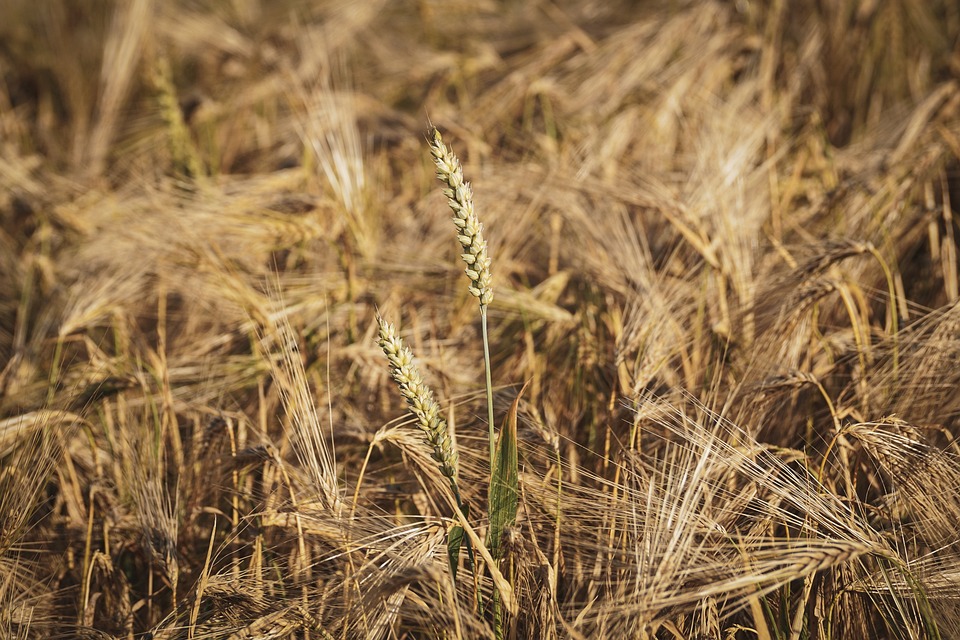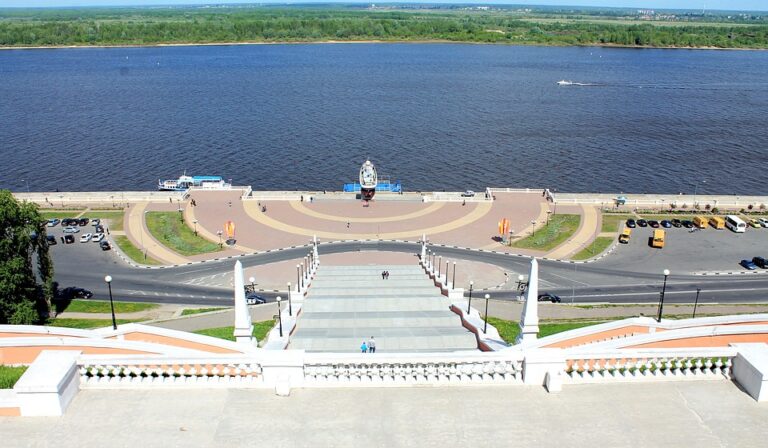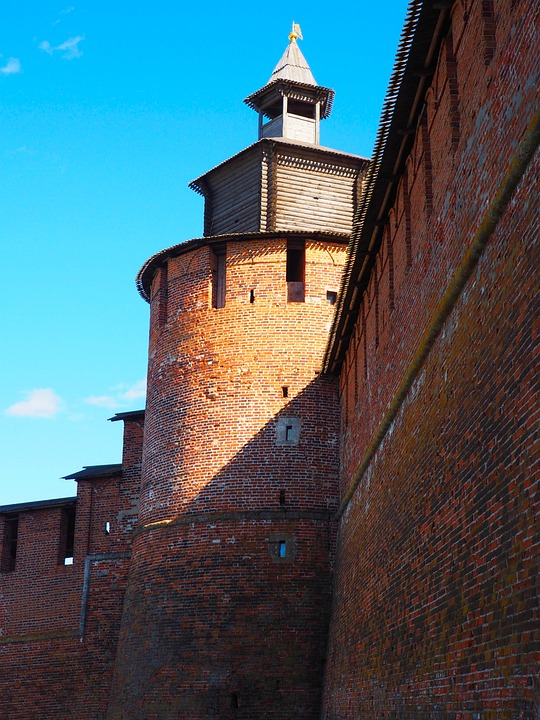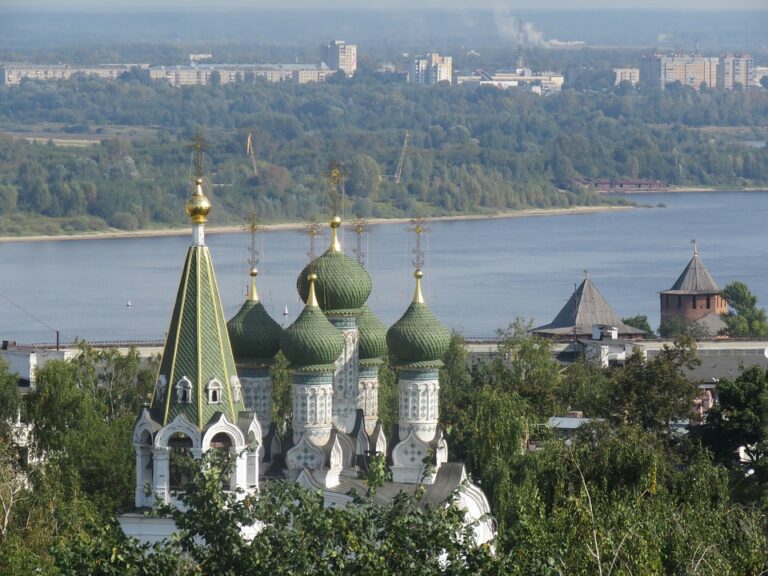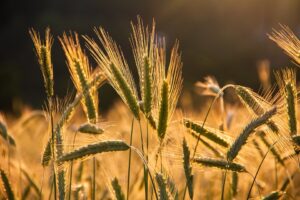Lessons Learned from Successful Models of Russian Rural Resilience
In recent years, Russia has faced numerous challenges in its rural areas, including economic downturns, natural disasters, and population decline. However, there have been some successful models of rural resilience that have emerged, offering valuable lessons for other communities facing similar challenges. By studying these successful models, we can learn important lessons on how to build more sustainable and resilient rural communities.
Importance of Diversification
One key lesson from successful Russian rural resilience models is the importance of diversifying the local economy. Many rural communities in Russia have traditionally relied on a single industry, such as agriculture or mining, which can leave them vulnerable to economic downturns. Successful models of resilience have focused on diversifying the local economy by investing in new industries and creating opportunities for small businesses to thrive. This not only helps to insulate the community from economic shocks but also creates new opportunities for growth and development.
Investing in Infrastructure
Another important lesson from successful models of rural resilience in Russia is the importance of investing in infrastructure. Many rural communities in Russia lack basic infrastructure, such as roads, schools, and healthcare facilities, which can limit opportunities for growth and development. Successful models of resilience have focused on investing in infrastructure, such as building new roads and schools, upgrading healthcare facilities, and improving access to clean water. By investing in infrastructure, these communities have been able to attract new businesses, create jobs, and improve the quality of life for residents.
Building Strong Community Partnerships
Successful models of rural resilience in Russia have also highlighted the importance of building strong community partnerships. By working together, local governments, businesses, non-profit organizations, and residents can pool their resources and expertise to create more resilient communities. These partnerships have enabled communities to develop innovative solutions to their challenges, such as creating shared resources for small businesses, organizing community events to promote tourism, and implementing disaster preparedness plans. By building strong community partnerships, rural communities in Russia have been able to weather economic downturns and natural disasters more effectively.
Embracing Sustainable Practices
Another important lesson from successful models of rural resilience in Russia is the importance of embracing sustainable practices. Many rural communities in Russia face environmental challenges, such as soil degradation, deforestation, and pollution, which can threaten the long-term viability of their economies. Successful models of resilience have focused on promoting sustainable practices, such as organic farming, renewable energy production, and waste recycling. By embracing sustainable practices, these communities have been able to protect their natural resources, reduce their environmental impact, and create new opportunities for economic growth.
Investing in Education and Training
Finally, successful models of rural resilience in Russia have emphasized the importance of investing in education and training. Many rural communities in Russia suffer from a lack of access to quality education and training opportunities, which can limit their ability to attract businesses and create jobs. Successful models of resilience have focused on investing in education and training programs, such as vocational training for young people, adult education programs for workers, and entrepreneurship training for small business owners. By investing in education and training, these communities have been able to develop a skilled workforce, attract new businesses, and create new opportunities for economic growth.
In conclusion, successful models of rural resilience in Russia offer valuable lessons for other communities facing similar challenges. By diversifying the local economy, investing in infrastructure, building strong community partnerships, embracing sustainable practices, and investing in education and training, rural communities can become more sustainable and resilient in the face of economic downturns, natural disasters, and population decline. By studying these successful models and applying their lessons, we can help to build more vibrant and thriving rural communities in Russia and around the world.
